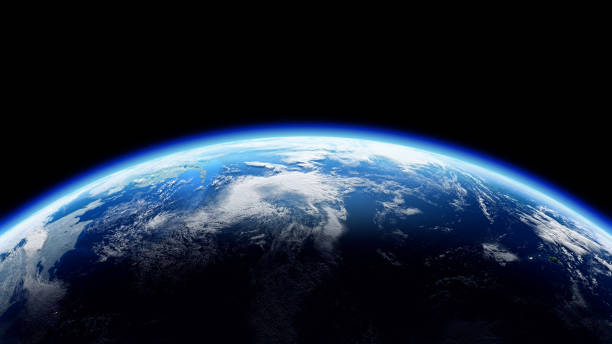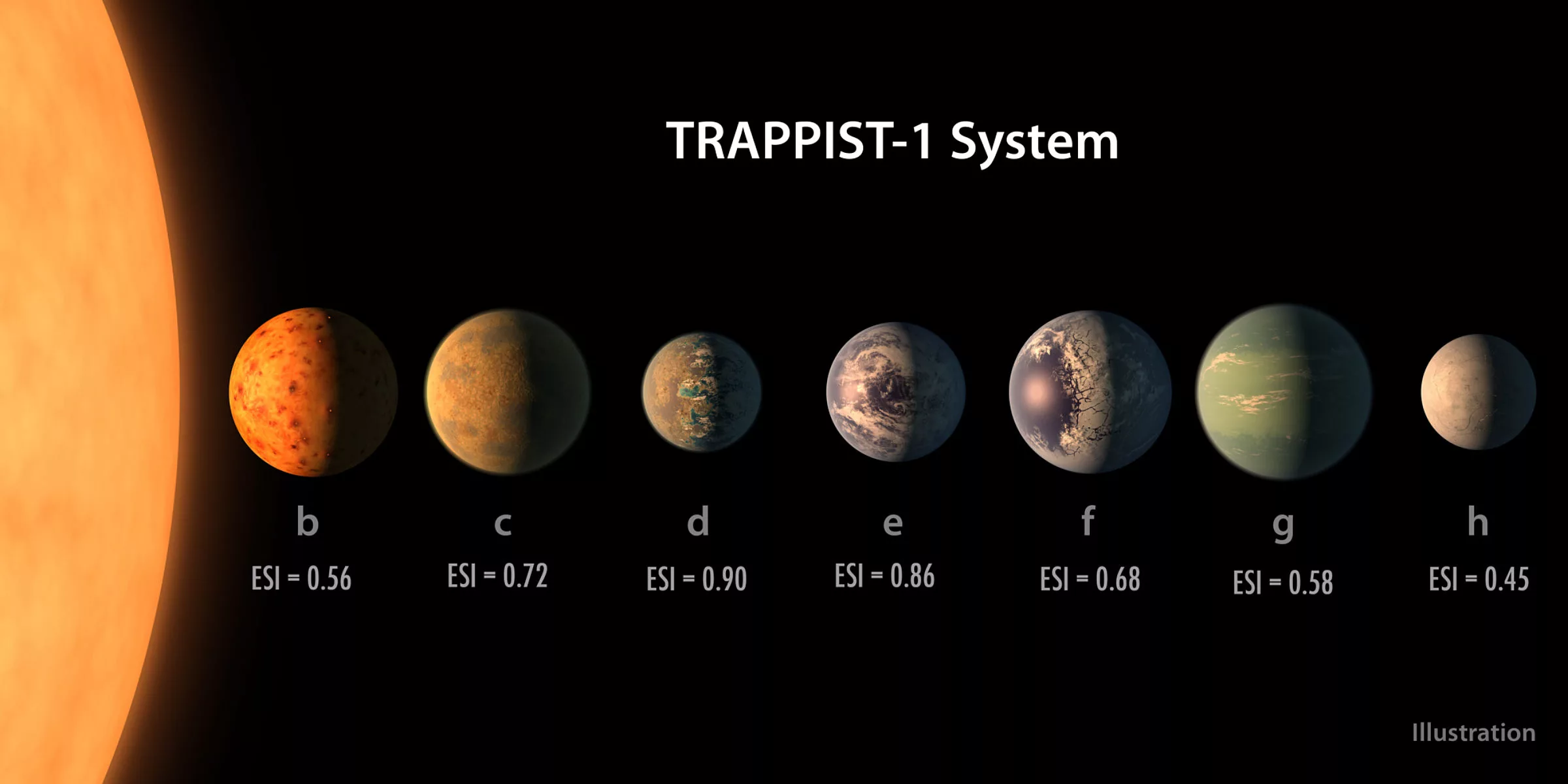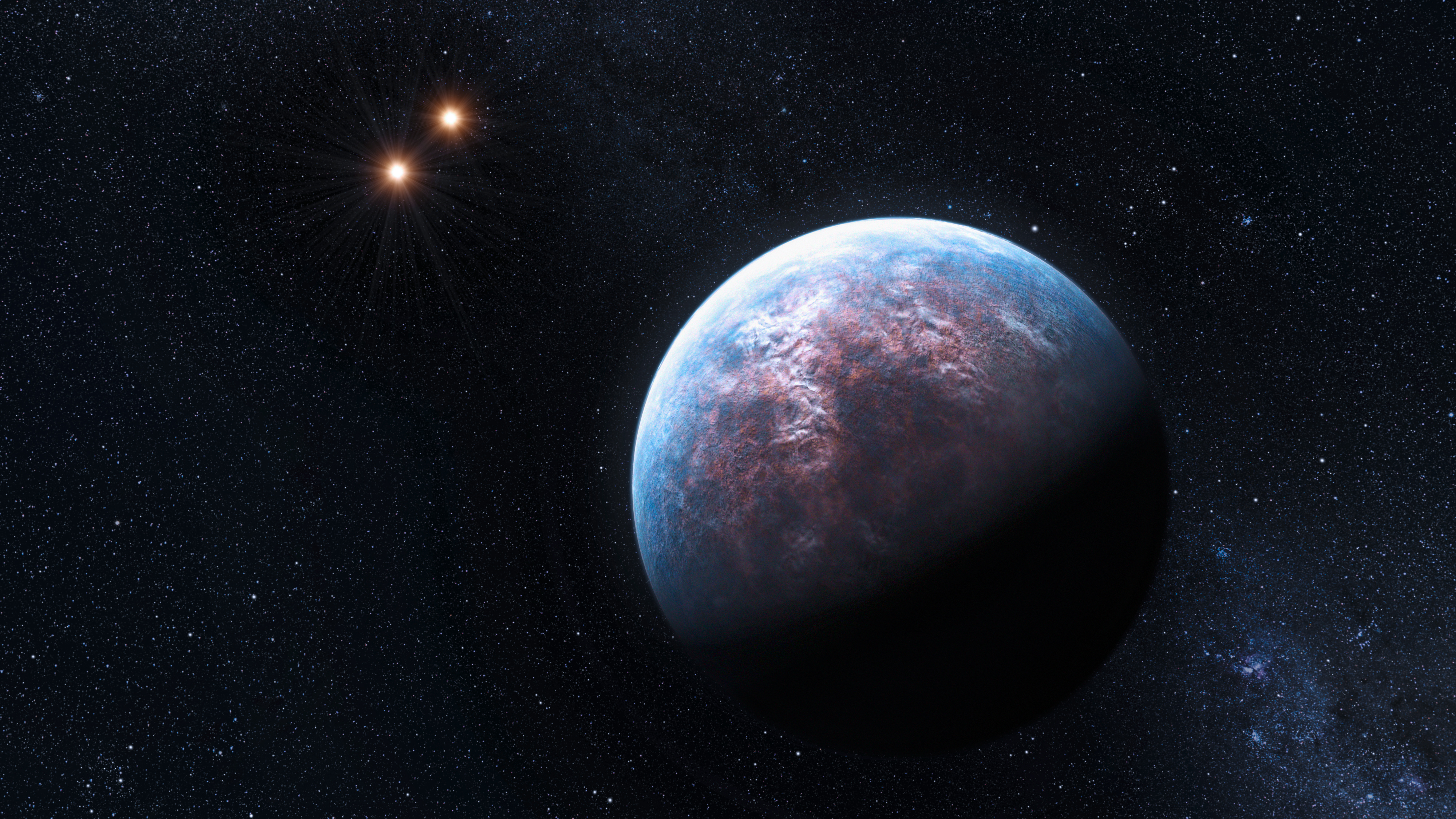There is a high possibility of other planets like Earth - in fact, some have already been discovered. Let's dive into the topic of Earth's look-alikes.

A planet that is sutiable for life must have an atmosphere, it must be in the Goldilocks Zone - an area in a solar system that is the perfect distance from its star- and that planet must have liquid water.
Let's look at some real planets that have some qualities similar to Earth.

Kepler 452b is the planet closest to Earth that has been found. It has water, an atmosphere, and it happens to be in the Goldilocks Zone. The only problem is, sadly, that Kepler 452b developed more like Venus than Earth, making it hot and unsuitable for life.

The Trappist 1 System is a solar system consisting of one star and seven planets. Although the front planets and back planets are unhabitable (Trappist b, c, g, h), the middle three planets are much better (Trappist d, e, and f), being in the Goldilocks Zone. It is unclear whether it is completely safe for life in the Trappist 1 planets, but the more suitable ones consist of water, are in a good temperature zone, and are rocky planets, all similarities with Earth.

Gliese 667 Cb is an exoplanet orbiting the star Gliese 667 C, a member of the Gliese 667 triple-star system. It is the biggest planet discovered in its system and is likely a Super-Earth or can be compared to a mini-Neptune. Unfortunately, it orbits too close to its star to be in the habitable zone and it is not a rocky planet, therefore making it not suitable for life.